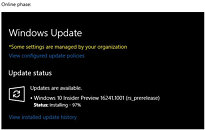Project Motor Racing Simulator to Hit the Track this Fall
Published by GIANTS Software and developed by Straight4 Studios, Project Motor Racing ignites all the passion, beauty and intensity of professional motorsport. The racing simulator will hit the track in fall 2025 with 70+ vehicles from 10 racing classes and 27 track layouts.
Built for Thrills
From today's radical LMDh hypercars to iconic legends from motorsport's rich legacy, each car is meticulously recreated and licensed from the world's top car manufacturers like Lamborghini, Aston Martin, and Audi.
Built for Thrills
From today's radical LMDh hypercars to iconic legends from motorsport's rich legacy, each car is meticulously recreated and licensed from the world's top car manufacturers like Lamborghini, Aston Martin, and Audi.






















